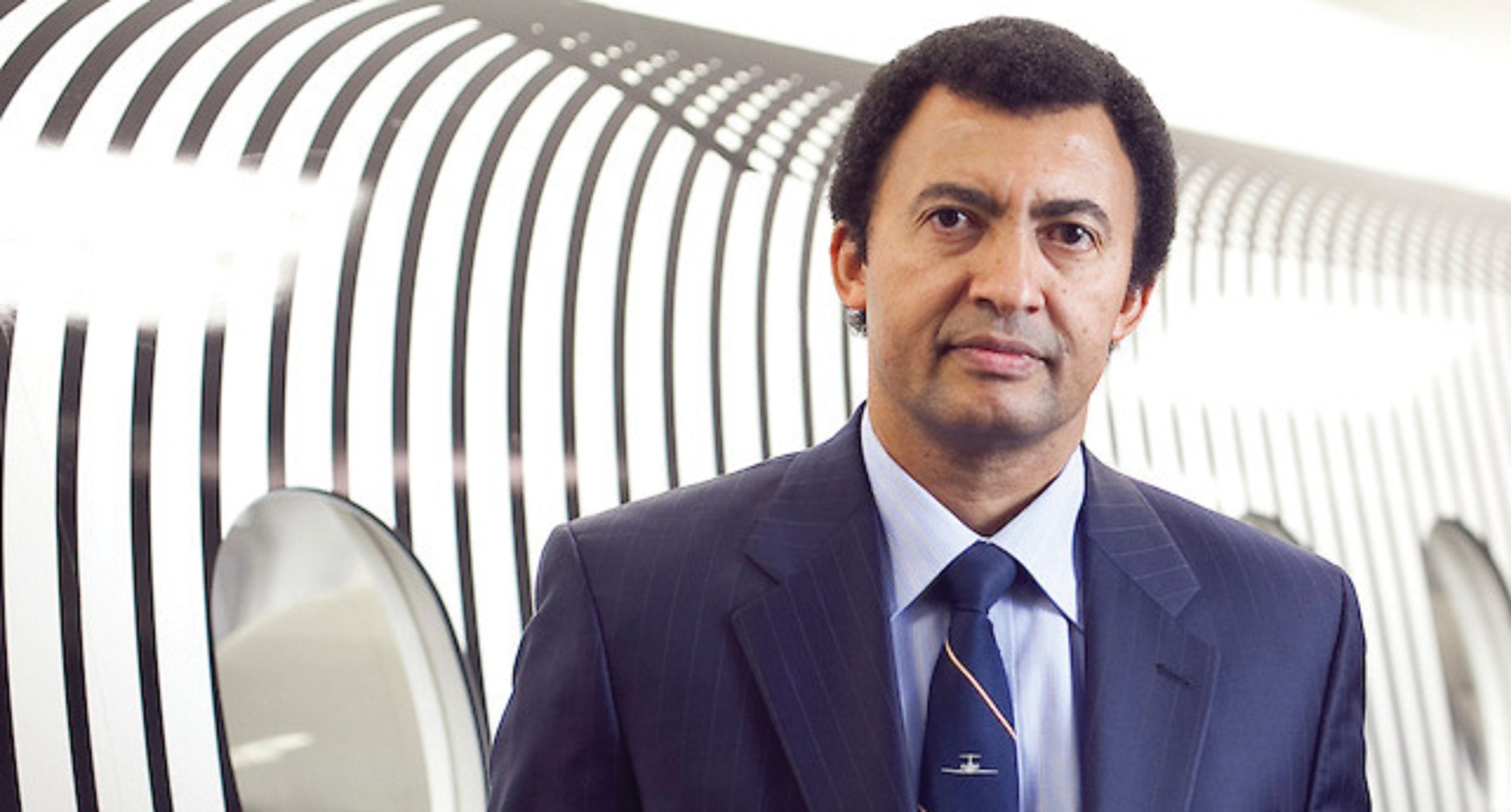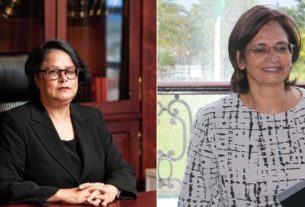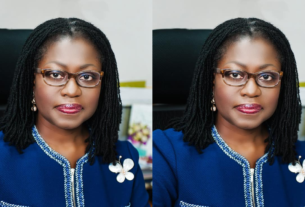Fassi Kafyeke is Senior Director, Strategic Technologies and Advanced Design, Aerospace Product Development Engineering at Bombardier Aerospace, a subsidiary of Canadian multinational Bombardier, the world’s third largest employer and seller in aircraft construction after Boeing and Airbus.
For 36 years, thanks to his extraordinary technical know-how, Fassi Kafyeke has worked on the design of various Bombardier aircraft: very long-range business jets, regional jets, water bombers (ABE), etc.
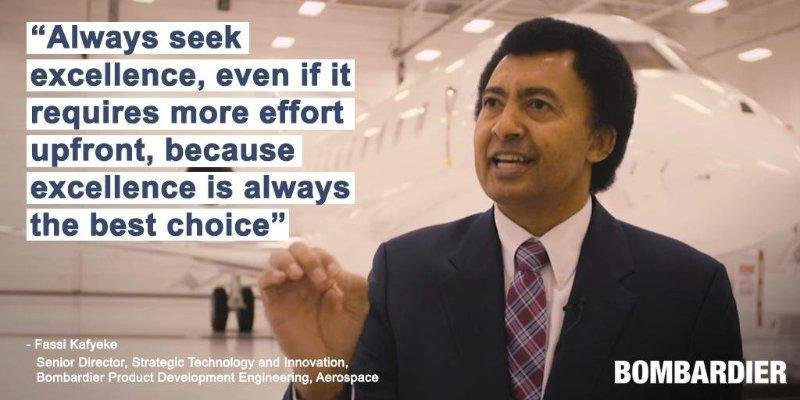
He is one of the initiators of the current “UK-Canada AI Innovation Challenge” which aims to find out how artificial intelligence can improve aircraft performance by making them less expensive and more environmentally friendly. Startups, large-scale companies, SMEs and researchers from Canada and the United Kingdom will present innovative solutions to respond to a problem targeted by Bombardier. “Artificial intelligence promises great improvements in all areas of our industry: design, development, manufacture and operation. Bombardier is working with artificial intelligence experts in Canada and the UK to deliver on these promises and apply these emerging technologies to the development of the next generation in rail and aircraft products. With this challenge, we are creating potential collaboration opportunities that could advance our ongoing research on icing dynamics and further improve our simulation predictions” said Fassi Kafyeke.
The environment and climate change have become reasons for innovation in aeronautics. The cleaner an airplane, the less it costs.

Strategic technologies and advanced design
Fassi Kafyeke holds a civil engineering degree in Aerospace from the University of Liège (Belgium), a Masters degree in Air Transport Engineering from the Cranfield Institute of Technology (United Kingdom) and a doctorate in mechanical engineering (Aerodynamics) from the École polytechnique de Montréal. He joined the Canadian multinational Bombardier as an aerodynamicist in 1982.
In 1996 he was promoted to Chief Advanced Aerodynamics, responsible for the design and wind tunnel testing of all business jets, regional jets and C-Series aircraft. In 2007 he was again promoted, this time to Director in charge of strategic technologies.

Since 2015, he has been Senior Director in charge of strategic technologies and advanced design and a member of Bombardier’s Aerospace Product Development Engineering leadership team, which deals with technological innovation, product innovation and eco-design.
The flagship Global Express
One of his greatest achievements was the Global Express business aircraft, whose aerodynamics he designed. Bombardier’s Global Express is one of the favourite jets of private aviation passengers, thanks in part to its refined leather interior and its engines. Heads of state and celebrities such as Céline Dion and Steven Spielberg own one. When launched in 1993, the Global Express was the first long-range jet model, vastly outperforming its competitors in performance and design. Comfortable, fast and durable, it was the only model equipped with a large cabin and able to fly from New York to Tokyo non-stop.

Fassi Kafyeke is also the designer of the Bombardier CS100, a 100 to 150 seater aircraft considered to be the most environmentally friendly of its kind on the planet.
From metallurgy in the DRC to aerospace in Europe
Born on 30th December 1956 in Moba, province of Katanga, in the Democratic Republic of Congo, the Congolese engineer, based in Montreal, has participated in the creation and design of all Bombardier aircraft since 1982. He completed his secondary studies in the DRC, where he lived with his parents (his father was a judge and his mother a teacher) as well as his three brothers and sisters in the cities of Bukavu, Kinshasa and Lubumbashi.

Passionate about aeronautics, Fassi Kafyeke was gifted in mathematics. The boy who dreamed of flying a plane became an architect of these machines. However, in the absence of an aeronautical sector in the DRC at the time, Fassi Kafyeke began by studying engineering in metallurgy. At the same time, in 1976, he applied for a scholarship to study aerodynamics in Europe. That year 37 applications were selected for the grant, including his in last position … “the worst”. However, Fassi Kafyeke was a brilliant student, thanks in part, he says, to his teachers who pushed him to go further than he had imagined.

Turning
After graduating as a civil engineer in Aerospace in 1980, at the age of 24, he prepared to return to Congo, having successfully passed an interview to join the former national company Air Zaire.
But one of his professors suggested that he do a Masters degree in Air Transport Engineering in Britain at the Cranfield Institute of Technology. Fassi Kafyeke took this opportunity to improve his knowledge of digital aerodynamics. During his studies at this university, a team from Canadair-Bombardier visited the campus to recruit engineers. Once again, one of his teachers advised him to take the interview, which he successfully passed. With a job offer from Bombardier he moved to Canada, where he has worked for Bombardier ever since.

He is also a professor at the École polytechnique de Montréal, vice-president of the board of directors of the Consortium for Research and Innovation in Aerospace in Quebec (CRIAQ) and member of the board of directors of the McGill Institute for Aerospace Engineering (MIAE).
Married and a father of three daughters, Fassi Kafyeke is the author of several publications, including the book “Computational Fluid Dynamics for Engineers”.

He holds the title of “Fellow” of Engineers Canada, a distinction that honours individuals who have made outstanding contributions to the advancement of the engineering profession in Canada for at least ten years.
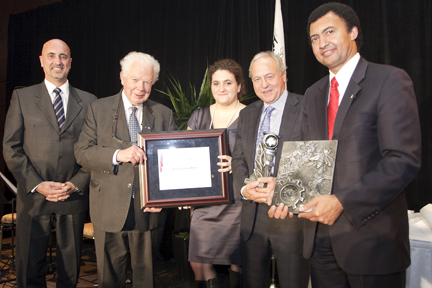
He enjoys reading historical novels and ancient tales.
